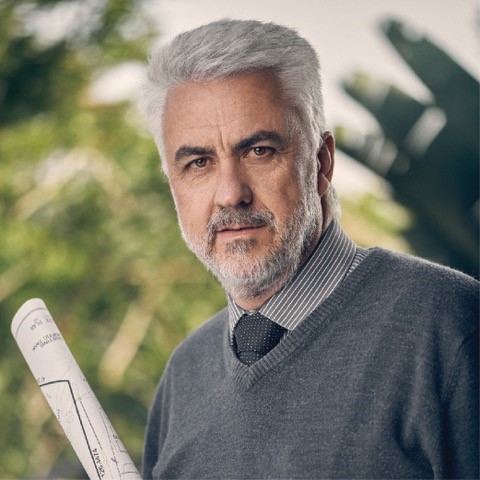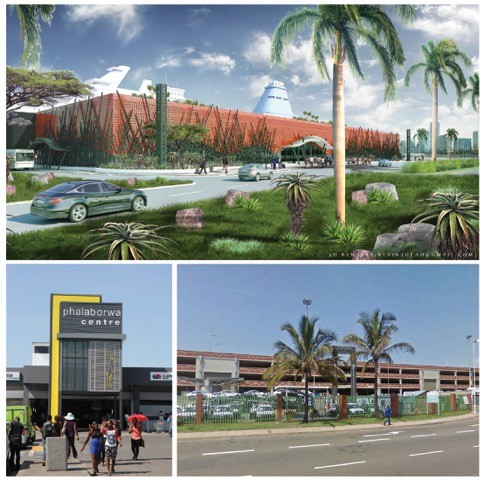Architect insights from Patrick Smith of Walker Smith Architects by Janine Course, Pelican Systems

What do you enjoy doing outside of Work?
I am very involved with the Church I attend and have numerous other interests. Music has long been a passion of mine, having played guitar in a church band for most of my life and more recently have enjoyed playing music with my children. I enjoy most ball sports and also motor racing. While I do not own an off road motorbike at the moment, off road motorcycling has always been a huge passion of mine. I also love to read, paint and have been recording my childhood memories and antics of growing up as a farmer’s son during the seventies and eighties.
What motivates you to get you up in the morning?
Getting up early and being motivated for the day comes naturally to me. We have one life to live and we can either watch it drift past or we can try to make it count. Every moment is precious and I don’t want to live with regrets.
What do you consider the perfect holiday?
In 2010 I spent a week riding off road bikes with a group of old mates in the south of Spain. It was one of the most memorable weeks of my life! Spending time with my family in the idyllic Drakensberg is hard to beat, especially if it includes many hours with a fly rod in my hand. I find the action incredibly therapeutic and the beauty of the surrounds invigorating.
Were you born into Architecture? What were your Father and Mother’s occupations?
I come from several generations of dairy farmers from the beautiful Creighton Valley. My dad was of course a dairy farmer and my mom ran the household, maintained a beautiful flower garden and a very productive vegetable garden, as well as keeping a few pigs, the sale of which paid for the nice to have’s such as birthday and Christmas presents and an annual holiday to the beach. I didn’t know much about architecture at all, apart from the fact that my uncle was an architectural draftsman who was in charge of a drawing office. Design and the love of construction is from my mom’s side as her father and grandfather had both been builders. I became fascinated with architectural design watching mom forever sketching and re-designing our home. She was naturally creative and dad completely practical, as most farmers have to be.
Are you married, and do you have children?
Yes I have been married for 29 years to Wendy and have three children. Two sons and a daughter.
What differentiates Walker Smith to other Architecture Firms in the industry?
It may sound cliché but Walker Smith really is a family. Most of our staff have been with us for ten years or more and have been loyal through thick and thin. We strive to have very little hierarchy and a great deal of mutual respect. While I may be the owner of the practice, I prefer to be seen as a father figure or even an older brother. We have a fantastic team where everyone knows their strengths and also their limitations. If one is to spend the majority of ones time at work each day, it should be fun. A certain degree of stress on any project related profession is probably inevitable but we try to mitigate it within the office environment. All senior staff are involved directly with the financial running of the business. We have a monthly financial target and monitor progress weekly. We laugh a lot.
What inspired you to become an architect?
I think that the profession picked me. I had planned to go to Cedara Agricultural College and follow in the family tradition of becoming a farmer but because the intake to Cedara follows the seasons, their year only began in September. As I had finished National Service at the end of the year this meant that I had nine months to kill before the agricultural year began. I decided therefore to do an Architectural Diploma as I could start it immediately. I had always loved art, design and creating things and I felt that the diploma would not be wasted as I could always draw plans for other farmers and country folk as a side-line once I was farming. I embarked on the diploma and once T3 was complete, managed to get employment with Bruce Stafford who had just landed the Durban Beach Front Paddling Pool Project in 1986. The first thing I detailed on my own was the double slide in the centre of the southernmost kiddies pool that survived the pre-2010 makeover. Just before I was to complete the requirements for the National Diploma, a colleague (Mike Douglas) convinced me that I should go to Varsity and ‘study architecture properly’ (in his words). As I was turning 24 shortly I initially felt I was too old to start 6 years of study and was about to re-kindle the Cedara idea when I decided to apply to the School of Architecture at the University of Natal (Durban) anyway. I was accepted and the rest is history. While I do still love spending time on the home farm I have no regrets and am passionate about the profession.

Three actually. Firstly, Prof. Barrie Bierman and then the only two bosses I worked under, Bruce Stafford and Dave Stromberg. Barrie taught me to extract simplicity from complexity but retain the art. From Bruce I learnt the energy of business and from Dave I learnt that architecture is for people.
What advice would you give aspiring architects that you wish you had been told earlier?
Running a business is about managing cash flow. Be confident in your worth, never lose the passion for creating art and have fun!
What has been your biggest challenge in Architecture or business and how have you overcome it?
Managing the financial side of an architectural business is by far the most challenging. Mostly architects seem to either have too much work or not enough. I haven’t found the answer but there is a lot to be said for creating a band of trusted colleagues and practices with whom you can share staff members and associate with. Essentially sharing as opposed to being an island.
What project has been your favourite project to design and why?
We recently completed a very upmarket house that has the capability to be completely off the grid, both in terms of power through solar energy collection and water supply through rainwater harvesting. The house is very big and is technologically very high tech, yet the challenge was to retain a very homely character that remained easy to live in. It was a wonderful brief with a fantastic client.
Trends in Architecture you have noticed or that have changed architecture for you.
The use of ever advancing technology is changing the face of architecture and will continue to do so. Buildings are required to ‘be smart’ and materials are becoming smart. Huge advances have been made in the chemical field providing architects freedom and expression like never before.
Design challenges that come up often
Probably the biggest challenge we face is finding ways to produce works of art from minimal budgets. Developers are often driven to maximise their return at the expense of the architecture.
How are you incorporating sustainability into your architectural designs or Top 3 Green or Sustainability strategies for design?
Get the basics right. There should be a very good reason not to extract North and South light into the building. The old principle of orientating the building North should be the first consideration. Roof overhangs are more practical than parapets. An umbrella or large hat is more useful than a beanie when walking through a thunderstorm or when taking a long walk in mid-summer. Adaptable buildings that can accommodate multiple usages are significantly more sustainable than buildings with limited usage. Analyse the site and context thoroughly and let this information generate the design. A pre-conceived design seldom results in a sustainable building. Once the basics have been attended to, one can move on to responding to the more scarce commodities such as water harvesting power generation etc.
Tips for clients / important considerations at the start of a design project.
Do your homework, know your brief and your budget at the beginning. Communicate both very clearly and ask your Quantity Surveyor to advise if your budget is realistic. Buildings generally cost more than you think. By far the very best money spent on any project will be that spent on the design process. A clever design can not only save you money but also increase the value of the building, due to its aesthetic appeal. Find out the registration qualifications of your architectural professional prior to appointing them. Many clients don’t know the difference between Registered Architectural Technologists and Registered Architects. Technologist’s training is focused primarily on architectural technology through the likes of The Durban University of Technology (DUT) (As the name implies) whereas, the training of a Professional Architect focuses primarily on design.







